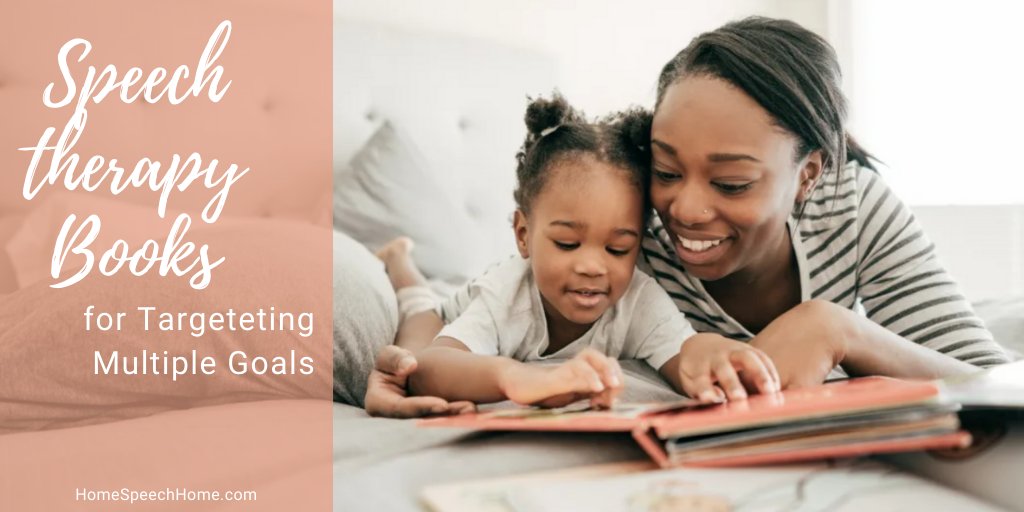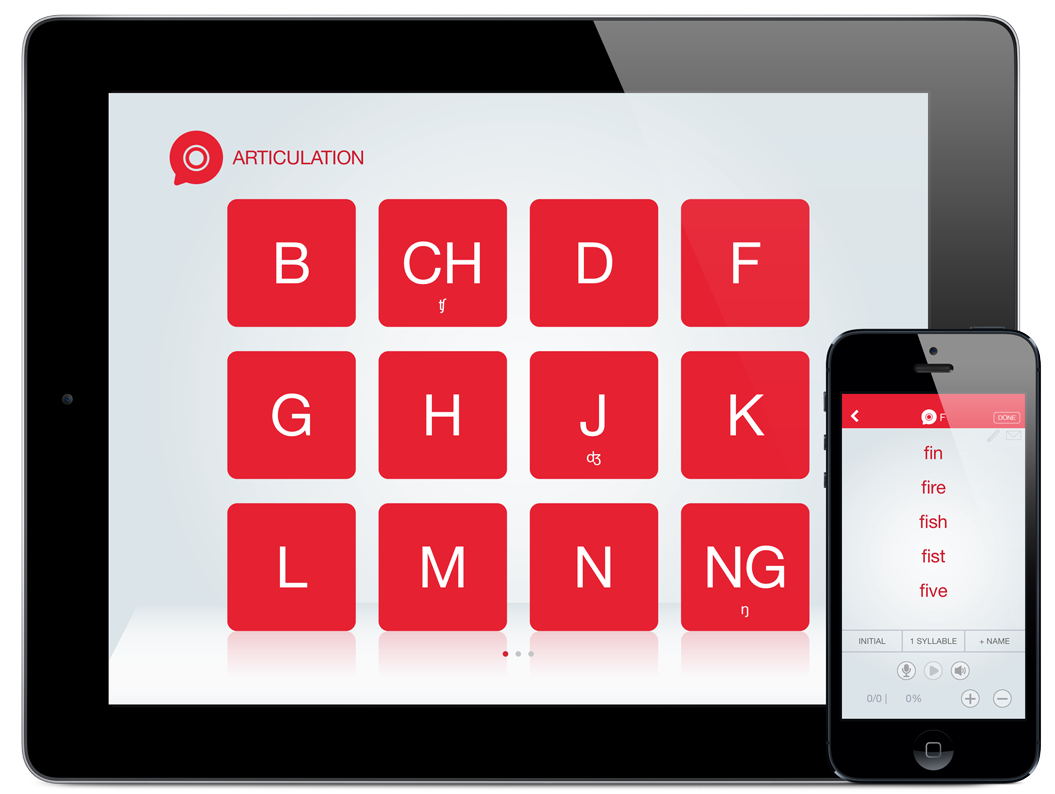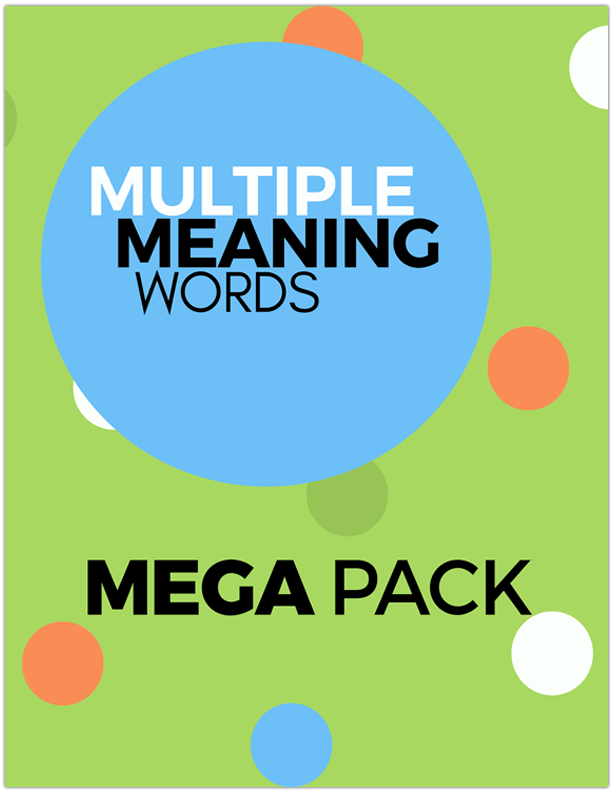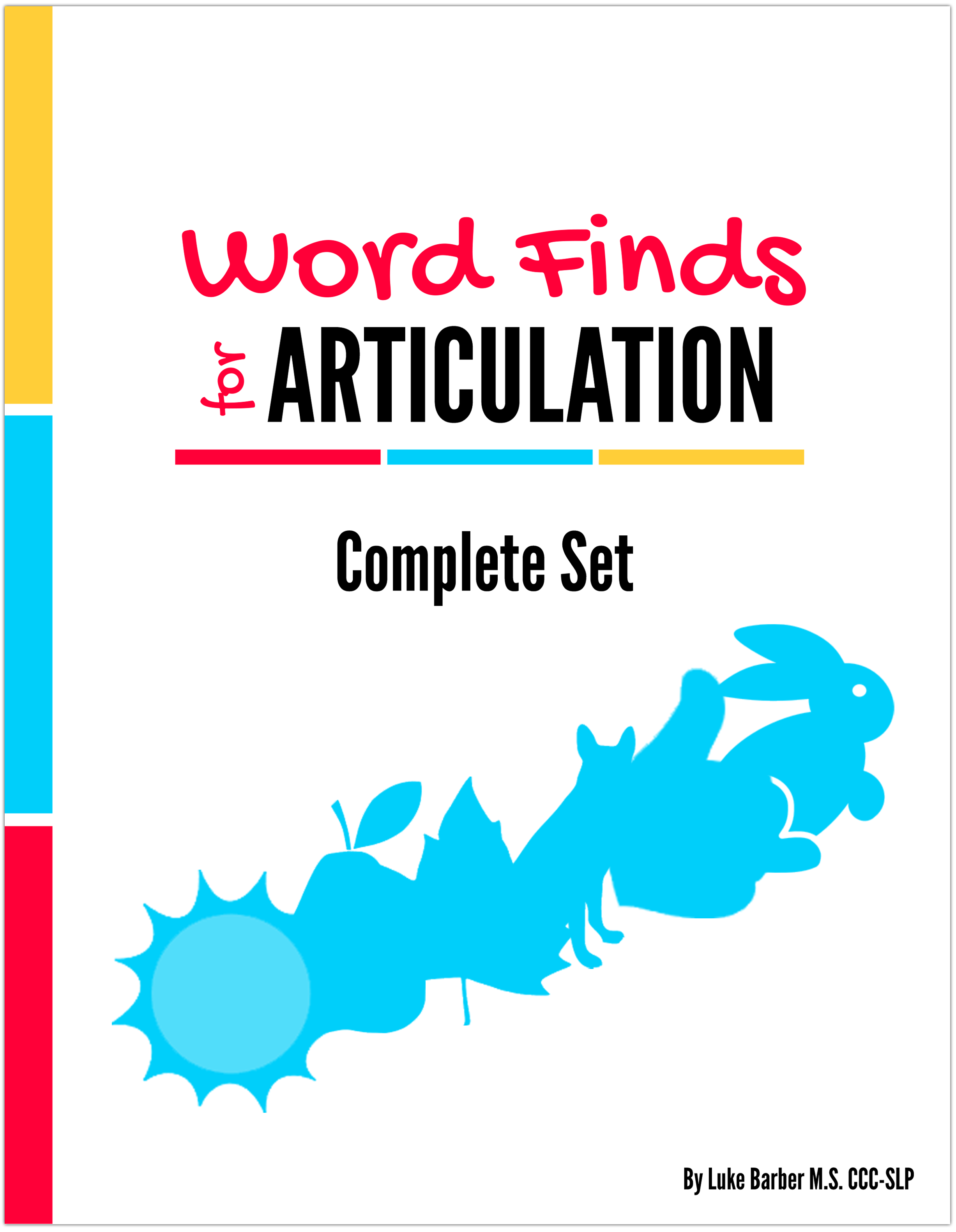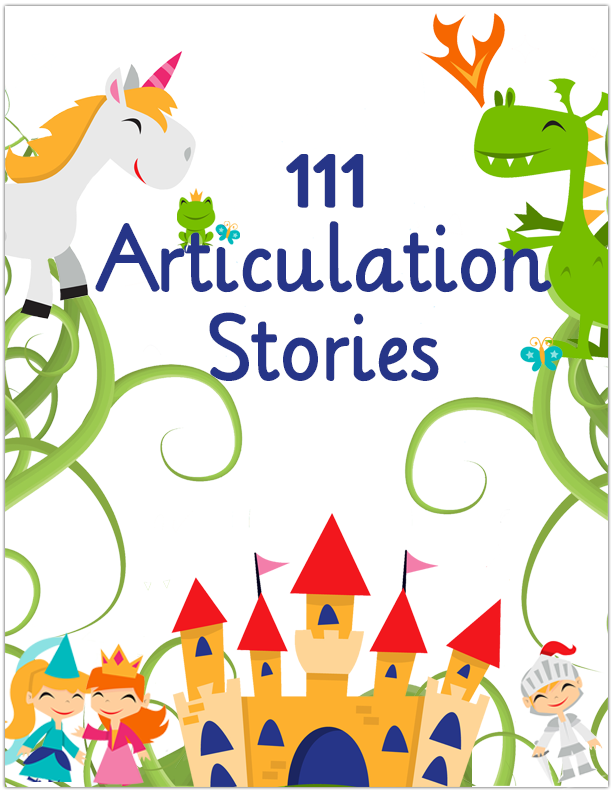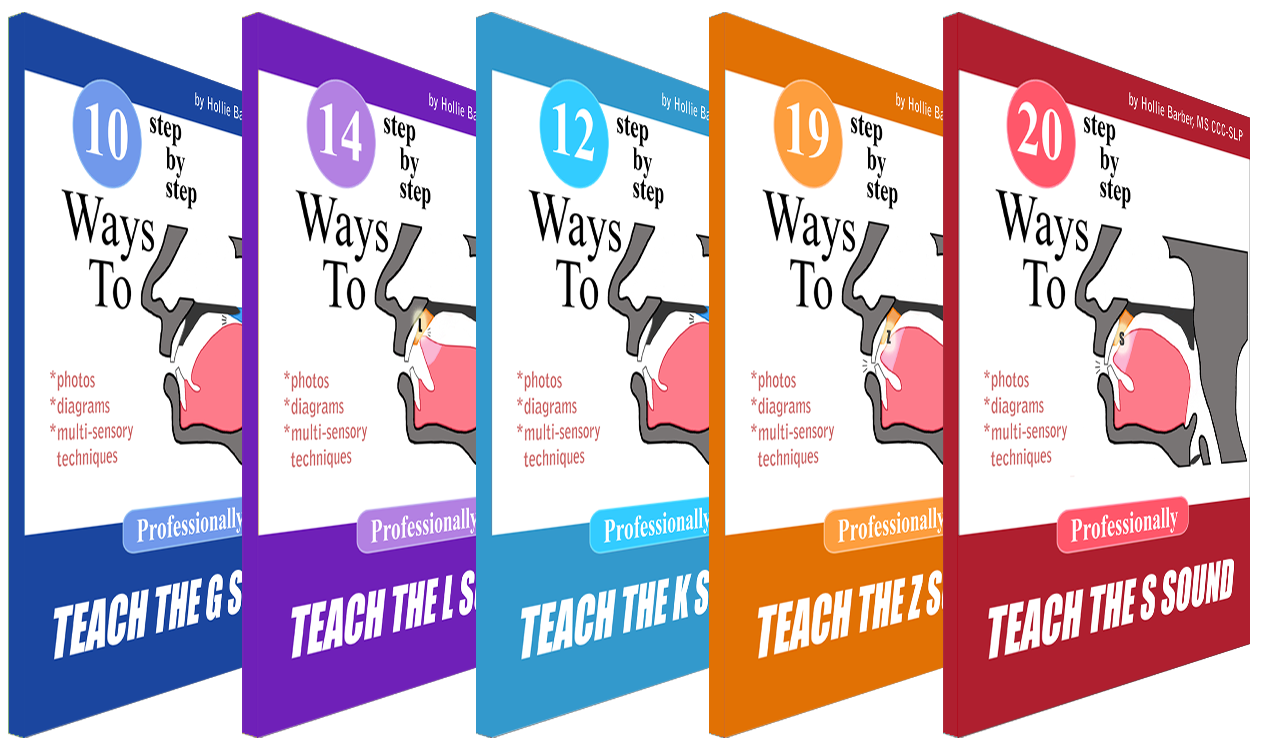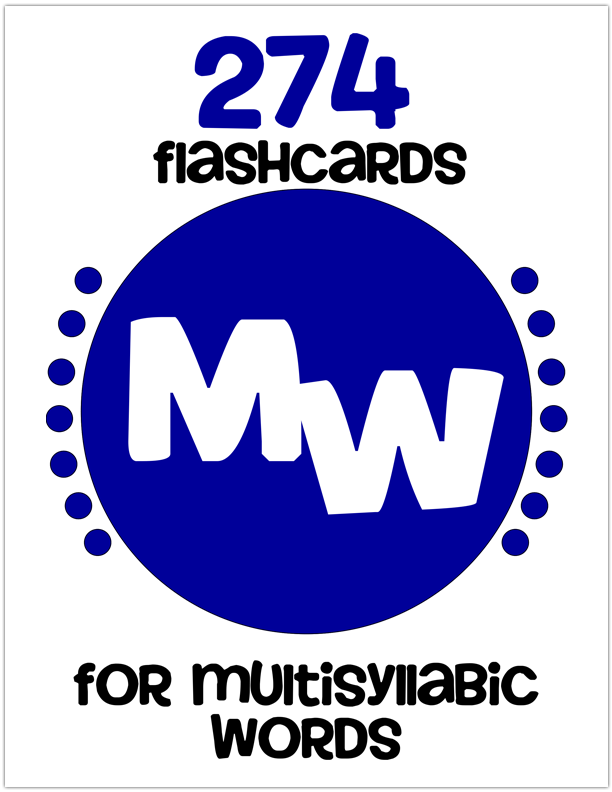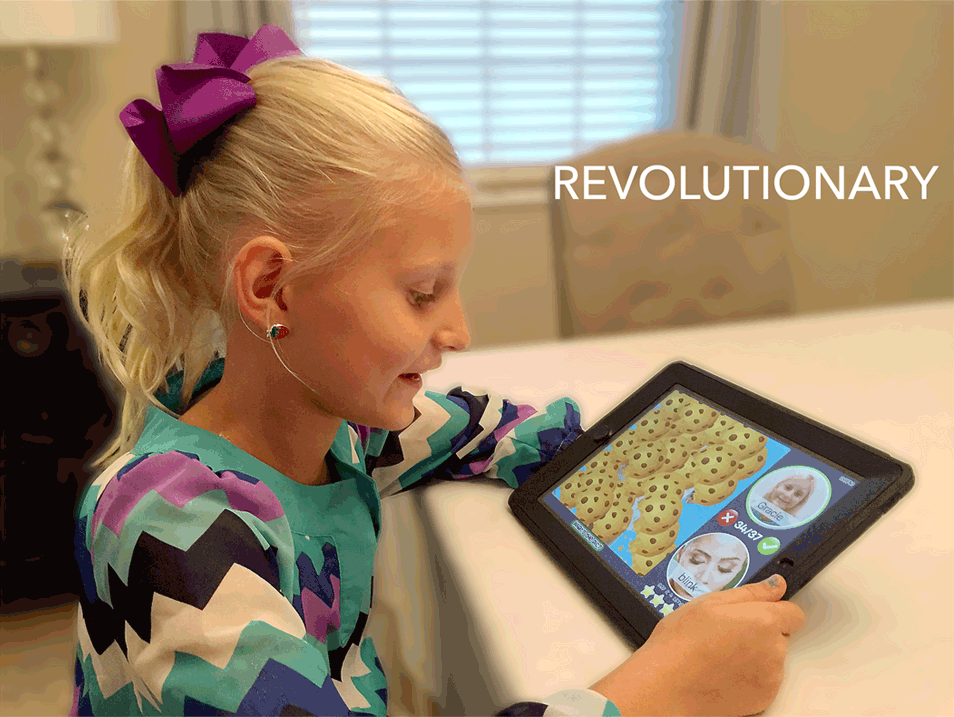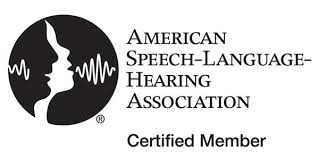Houston We Have a Problem! Activities for Problem Solving
I'm excited to share these activities for problem solving because this is my favorite type of therapy.
I provided rehabilitation therapy to adults in an outpatient clinic for a couple of years and whether they were post-stroke or post-brain injury, many of them needed therapy for problem solving.
With children in the school system, it will most likely be habilitation for problem solving skills.
There are a variety of conditions that would cause a child to need therapy with problem solving, including but not limited to learning disabilities, social delays, and kids with APD (Auditory Processing Disorder.)
Explore Our Goal Achieving, Client Centered Products
When using these activities for problem solving, you must start thinking from the student’s perspective.
What age is your student?
What cognitive level?
What type of real life problems would they face in a day?
What set of skills would be among the top priorities to optimize their functioning?
These answers will be different for every child in your caseload, so please adapt problem solving therapy to each child individually. Talk to their parents and teachers.
Where are they having difficulty?
The lunchroom?
At recess with the other children?
Getting organized with daily tasks such as homework?
Speaking on the phone?
For each student on your caseload with problem solving goals, make a list of things that are affecting their lives now.
I prefer to ask parents personally rather than sending questionnaires home to be filled out. You will get much better information from a phone call or in person.
Taking all the above factors into consideration, here are some activities for problem solving to use in the therapy room.
As stated, you can easily adapt these ideas for the students’ skill levels.
1. Organizing Piles of Papers
If a child is having difficulty with problem solving skills and they leave school at the end of the day with a stack of papers, chances are they do not have the skills to sit down and organize the papers in a functional way.
One of my favorite things to do in therapy is to hand a student a stack of papers and have them sort through and organize them.
It would be optimal if it was a stack of their own papers from school.
I know my son comes home with 6-8 papers a day; some are pages of completed work that need to be reviewed and recycled, some are homework pages, some are flyers or information for me, and others are special art projects or journal entries.
Have the child bring their folders/backpacks to therapy.
Most likely their papers will be out of order already, but if they aren’t, then your job is to disorganize them!
Put all their papers in a disorganized pile.
Then hand them to the child and with minimal prompting help them to organize the papers into functional piles.
Show them how to use paper clips or staples to segment different pages that go together. Watching them sort through their work and organize it will give you a window into their skill level.
2. Solving Problems That May Arise At School
If a student does not have difficulty with problem solving and they miss information from a teacher, they would likely skip that part and go back later, or raise their hand and ask for help.
They obviously wouldn't need these activities for problem solving.
For a child that has problem solving deficiencies, it can be overwhelming to get back on the right track once an error has been made in the classroom.
It is important for you to discuss with them what they should do in certain situations in the classroom that require problem solving.
Here are five situations to review with your students.
First read and discuss each problem. After you feel they understand the appropriate solution, then act it out.
- Your teacher asks all the students to pull out a pencil with an eraser. You look in your desk and you can not find your pencil anywhere. What should you do? What if you find a pencil without an eraser?
- Your teacher is giving a spelling test (or use an example of an age appropriate class activity) and you don’t hear #3. What should you do?
- You left your lunch at home sitting on the table. What should you do?
- You checked in late to school, and when you get to your classroom everyone is gone. What should you do?
- Your class is at the computer lab and everyone is working. Your computer screen suddenly freezes. What should you do?
Please add to this list of problems to discuss or use and adapt the ones here on HomeSpeechHome.
When acting these situations out, go to any length to help them feel confident. Have them practice asking the secretary if they can call their mom.
You can even have them call their mom and pretend they left their lunch. (Let her know before of course!)
Boost their confidence.
Talk to them about things that overwhelm them. It is amazing what information you can get by talking with your students.
SEE ALSO: The Best Free App for Speech Therapy
3. Alexander and the Horrible No Good Very Bad Day
Read the book “Alexander and the Horrible No Good Very Bad Day.”
You can probably find it at your library, or get it here.
Throughout this book, Alexander has a bad attitude and many things go wrong.
After each page, choose one problem Alexander had and ask the student what he/she could have done to improve the situation.
You can even make a chart with all the things that went wrong and what he could have done to fix the problem.
4. Abstract Thinking
Sorting can be adapted to any skill level.
The more advanced students can be challenged with abstract concepts, such as sorting things by their use, material, or which of the five senses they invoke.
Also, take items that are not similar and compare/contrast them.
All of these thinking skills are foundational for problem solving.
Here is a list of nouns for sorting unrelated items.
Print these words, cut each one out, and have the child sort them based on abstract ideas such as those listed above, or more simple concepts such as “things found in a home” and “things found outside.”
Toaster
Petunia
Vase
Candle
Table
Oven
Cow
Popcorn
Pumpkin
Football
Barbie
Snowflake
Jeep
Computer
Blanket
Faucet
There are many other fun ways to get children using abstract thinking.
Challenge them with sudoku, word games, story problems, crossword puzzles, all of which can easily be found on the internet.
5. Fun With Legos
Kids love legos!
But students with problem solving deficiencies are most like overwhelmed by following directions and especially repairing mistakes.
Purchase very simple lego sets or even little lego people that require 3 steps to snap together.
Practice putting something together incorrectly and fixing the problem. For example, you could have as few as three legos.
Write down simple instructions that say “Red Lego on bottom, blue in the middle, yellow on top.”
Hand the child the legos out of this order and have them fix it.
For more complex problem solving opportunities, use more complex lego structures.
SEE ALSO: The Best Books for Speech Therapy Practice
6. Talk Safety
This activity is last but most certainly not least.
In fact it is probably the most important.
Individuals who lack problem solving skills can be at an increased risk for accidents. It is important to talk about basic safety.
Things such as how to use a knife and never cut toward yourself, never putting metal in a toaster or microwave, safety when crossing the street, internet safety, and with younger kids especially, never talking to strangers.
These basic skills that may seem obvious to us may not be so obvious to a child lacking problem solving skills.
Take them out around the school and talk about safety.
Give them a tour of the school kitchen and talk about kitchen and electrical safety.
Talk about road signs and crosswalks, and the importance of paying attention to these details.
Below are some websites where you can find safety information to discuss with your child.
You can certainly take data to track their knowledge of safety problem solving skills when they can accurately answer questions and execute safety precautions.
The most important thing to remember when using these activities for problem solving is to keep it functional for the student and their environment.
Hope you all have a wonderful week!
Return to top of Activities for Problem Solving

About the Author
Lindsey is an M.S. CCC-SLP from Salt Lake City, UT. She received both her B.S. and M.S. from Utah State University. When she's not chasing her 5 crazy kids around, she enjoys creating engaging speech therapy ideas and materials. Read More
Activities and Product Discounts, Oh My!
Sign up for Terrific Therapy Emails
Your information is 100% private & never shared.




